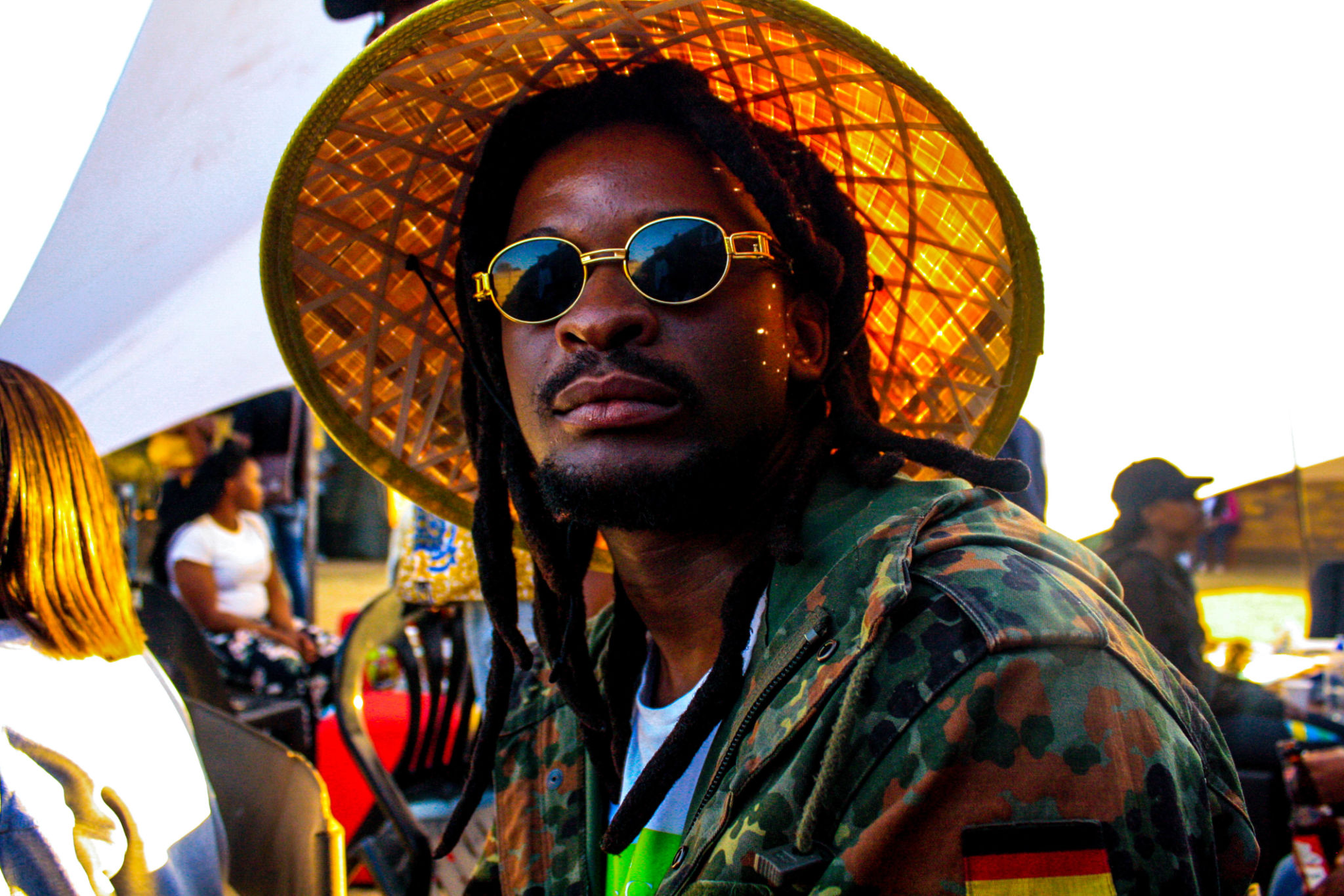The Evolution of Reggae Dancehall: Trends and Innovations
Introduction to Reggae Dancehall
Reggae dancehall is more than just a music genre; it's a cultural movement that has captured the hearts of people worldwide. Originating in Jamaica in the late 1970s, this vibrant genre has evolved dramatically over the decades, influencing music, fashion, and dance globally.
From its roots in reggae, dancehall has grown to become a staple in parties and clubs, known for its energetic rhythms and catchy lyrics. As it continues to evolve, dancehall remains a powerful force in the music industry.

Early Influences and Development
The early days of reggae dancehall were characterized by a fusion of traditional reggae beats with faster rhythms and digital instrumentation. Pioneers like Yellowman and Shabba Ranks brought a new style, combining lyrical skill with infectious energy.
This period saw the transition from live bands to digital riddims, allowing for more experimentation and diversity in sound. The introduction of the "riddim" culture, where multiple artists would record over the same instrumental, became a defining feature of the genre.

The Digital Revolution
The 1980s and 1990s marked a significant shift as dancehall embraced digital technology. Drum machines and synthesizers became prevalent, leading to a more polished and accessible sound. This era produced iconic tracks and propelled dancehall onto the global stage.
Producers like King Jammy and Bobby Digital were instrumental in shaping this sound, integrating technology with traditional reggae elements to create a unique, modern style.
Dancehall Fashion and Dance
Alongside its musical evolution, dancehall has significantly influenced fashion and dance. Known for its bold and daring styles, dancehall fashion is a vibrant expression of individuality and creativity. Bright colors, unique patterns, and statement accessories are all hallmarks of this trend.

Dance, too, plays a crucial role in the dancehall culture. Choreographed routines and spontaneous moves often accompany live performances, with dances like "Dutty Wine" and "Pon de River" becoming global phenomena.
Modern Innovations and Trends
Today, dancehall continues to innovate, blending with other genres like hip-hop, pop, and Afrobeat. Artists like Sean Paul and Shenseea are pushing boundaries and reaching new audiences, while collaborations with international artists bring fresh perspectives to the genre.
The rise of social media has also played a pivotal role in spreading dancehall culture, allowing fans to connect with artists and share content worldwide. Platforms like YouTube and TikTok have become powerful tools for showcasing new music and dance trends.

The Global Impact of Dancehall
Dancehall's influence extends far beyond Jamaica, resonating with audiences in Africa, Europe, and the Americas. Its infectious beats and vibrant energy make it a favorite in clubs and festivals worldwide.
The genre's ability to adapt and incorporate diverse influences has ensured its relevance and popularity across generations. As it continues to evolve, dancehall remains a testament to the power of music to transcend cultural boundaries.
Conclusion
The evolution of reggae dancehall is a story of innovation, resilience, and cultural expression. From its humble beginnings in Jamaica to its status as a global phenomenon, dancehall continues to inspire and entertain.
As we look to the future, one thing is certain: the spirit of reggae dancehall will continue to thrive, bringing joy and unity to people around the world.